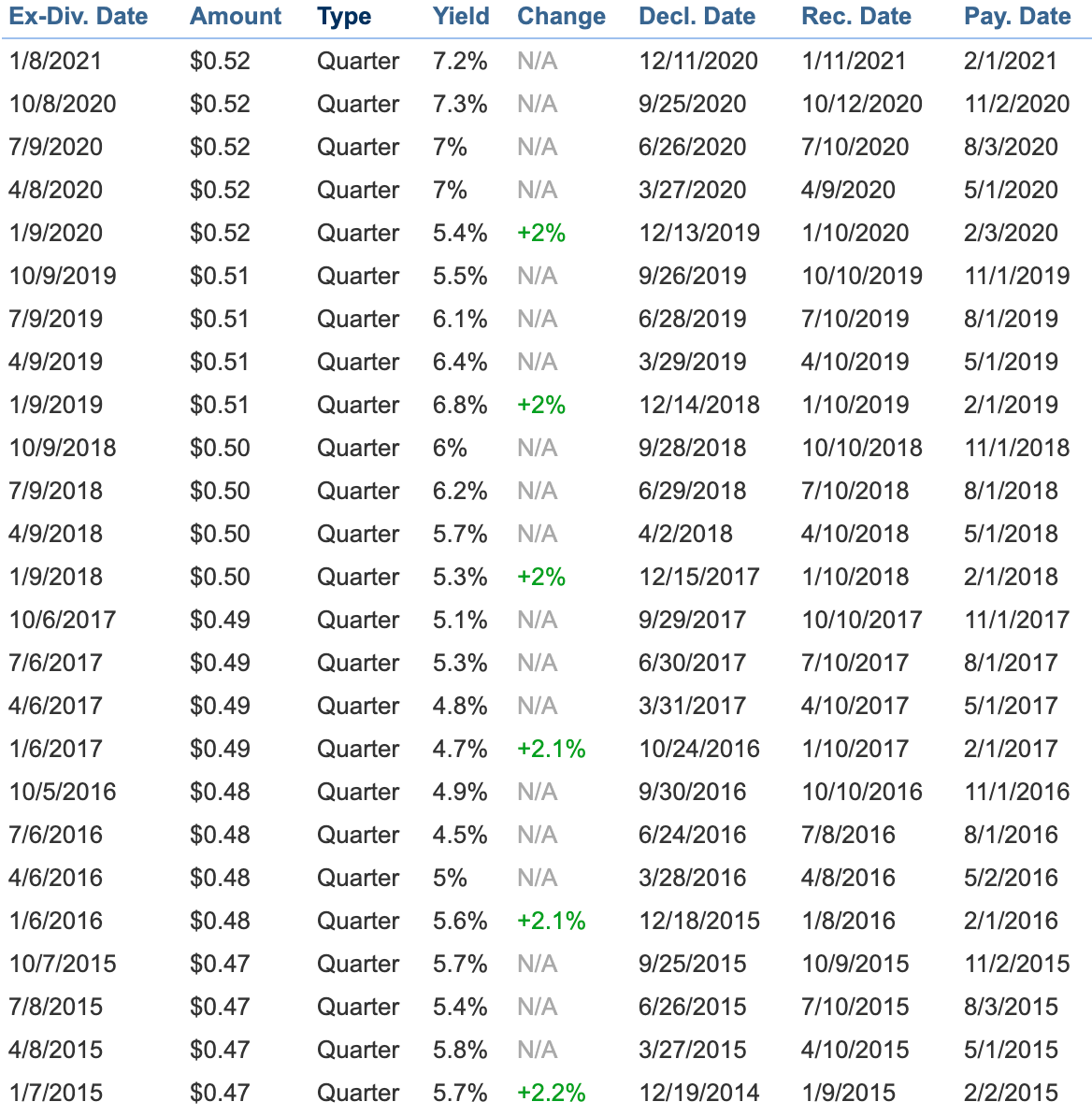The dividend
Anyone involved in the financial markets has at some point heard the term “dividend.” Yet, for many, the term remains only vaguely understood. This article aims to bridge that divide and to bring clarity on the notorious dividend, its meaning, its purpose, and its potential as a passive- income generator.
Shallow "thank you"s
From the most basic standpoint, a dividend is simply a financial reward given to people or entities who have held shares of a dividend-issuing company for enough time. It’s a financially backed “thank you” that shows the company’s backers that they’re acknowledged and respected.
From a psychological standpoint, issuing a dividend to an investor is synonymous to allowing children to go out and play after they’ve finished their homework. The money gained from the dividend payout and the fun experienced while outside are rewards for displaying the desired behavior. Under the lens of behaviorism, issuing dividends is basic positive reinforcement.
From a financial standpoint, corporations use a dividend payout to not only attract and incentivize investors but also to advertise their financial strength and prosperity. Dividends are, after all, extracted from retained earnings, and the logic follows: if the company can afford to give away money to its investors, then it must be in a financially strong position. When companies issue dividends for an extended period of time, and their dividend yield continues to grow, this creates huge demand for their stock from institutional and high-profile investors. Eventually, this demand is reflected in their stock price and market capitalization, and the company’s “investment” pays off.
If, like me, you thought there was a sense of altruism in the concept of a dividend, rest assured, there isn’t. But that doesn’t mean dividends are bad; on the contrary, given all goes well, a dividend is a win-win situation for investor and corporation alike, and a great way to generate passive income if you’re willing to take on a little risk.
Dividend yield and other important terms
There are a couple of important terms, dates, and formulas that need to be understood before venturing into the dividend world.
Dividend Yield: (annual dividends per share/current share price) x 100. Investors and shareholders use this formula to calculate their potential return on investment with respect to the stock’s current price.
Ex-Dividend Date: the last day a stock can be purchased to receive the upcoming dividend. A day after this date, the stock’s price is reduced at the open by exactly the dividend per share amount for the given time period (quarter, semi-annual, annual, etc.).
Record Date: the date your name needs to be on the list of shareholders in the company’s registry.
Payout Date: the date of the payout. In the U.S., this is usually on a quarterly basis.
Preferred Shares: a class of shares that grant shareholders the right to receive dividends before holders of common shares in the case that a company cannot pay all dividends owed.
Declaration date: the day the company’s board of directors announce the next dividend payment, including its size, the ex-dividend date, and the payout date.
Looking for dividends
- Stock Price: how much a stock costs will significantly impact whether or not you will be able to purchase the position size you want.
- Indicated Period: whether dividends are paid annually, semi-annually, quarterly, or monthly will impact how often you can expect to receive passive income from your investment.
- Dividend Yield: how large the return on your investment is one of the most important factors to be considered and one that all investors are fixated on.
- History: the safest dividends are those received from companies with a demonstrated history of dividend growth. The “Dividend Aristocrats” are a group of companies on the S&P500 who have shown 25-year growth in dividend yields. AT&T and Walgreens Boots Alliance are two examples of Dividend Aristocrats.

Passive income: are dividends the way to go?
There are several ways investors can generate passive income, including real estate, peer-to-peer lending, and index funds to name a few. Every form of passive income, however, comes with its risks, and every investor needs to be aware of these risks. For dividends, the main risks fall under three categories:
- Share Price: The value of the shares an investor is holding may drop at any point in time. It’s up to the investor to have a set stop-loss in these cases and to be mentally ready to weather this risk if they choose to purchase shares for the long-term.
- Dividend Inconsistencies: The vast majority of dividend-issuing companies do not have the consistency of the Dividend Aristocrats and may, at any point, slash their dividend yield. Kraft Heinz’s (“KHC”) dividend yield, for example, was slashed by $0.225/share in between 11/15/2019 and 5/30/2019 and has yet to make a return. Additionally, because dividend declarations are set by the board of directors, the board can choose to either not issue the next dividend or to reduce the dividend yield.
- Inflation and Taxes: Both inflation and taxes will diminish returns on your investment, so a prudent investor would do well to know both rates before he dips in funds in this passive income vehicle.
Despite their inherent risk, dividend investments maintain their status on one of the most popular ways to generate income. Despite their altruistic facade, they are an excellent vehicle for such endeavors, given the investors is aware of the risk and is prudent with their choices.
Disclaimer
DO NOT BASE ANY INVESTMENT DECISION UPON ANY MATERIALS FOUND ON THIS WEBSITE. We are not registered as a securities broker-dealer or an investment adviser either with the U.S. Securities and Exchange Commission (the “SEC”) or with any state securities regulatory authority. We are neither licensed nor qualified to provide investment advice. We are just a group of students who diligently follow industry trends and current events, then share our own advice, which reflects our personal position in the market.

